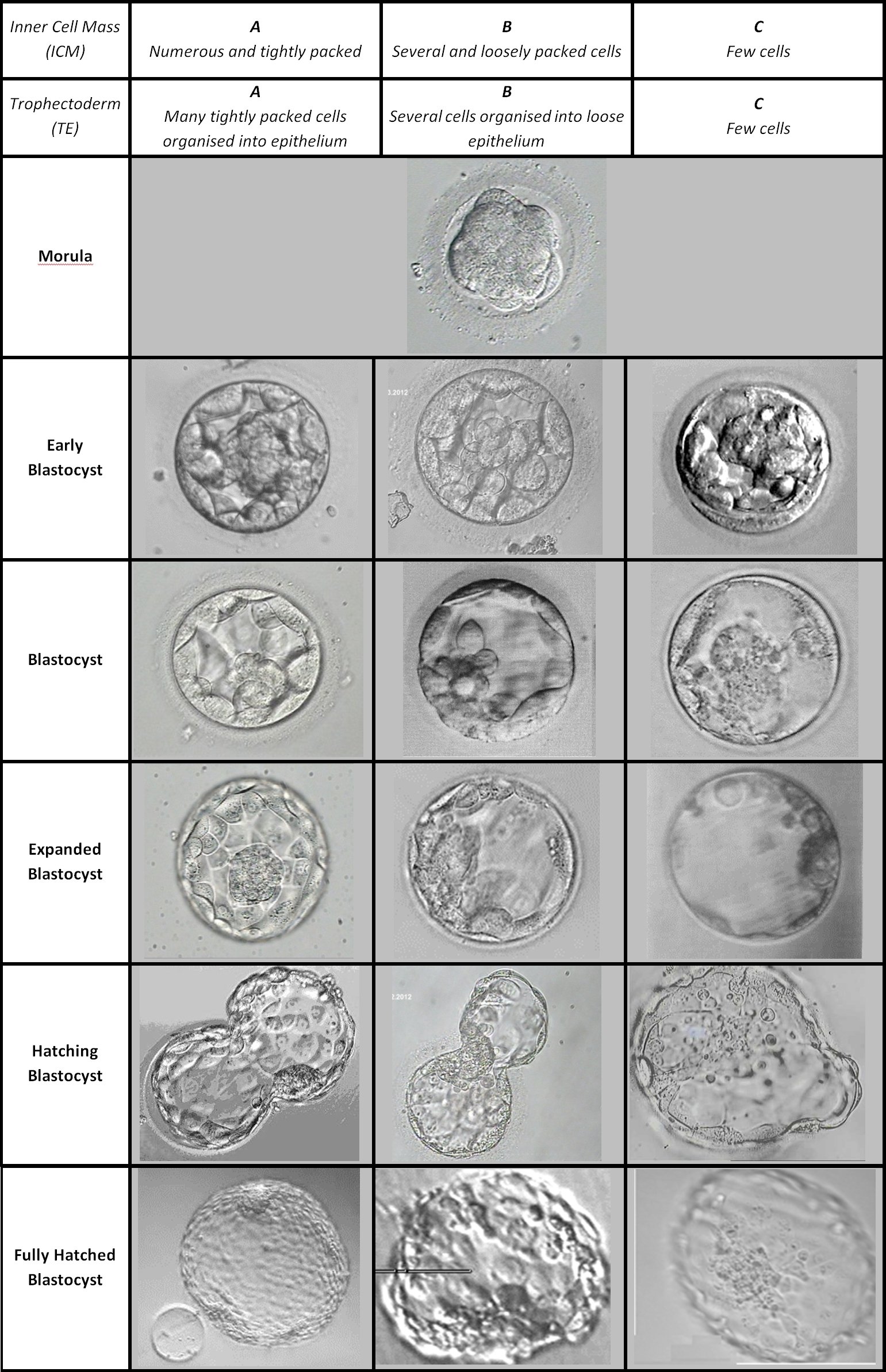One of the most exciting steps in an IVF journey is learning that you have viable embryos for a potential transfer to a surrogate or the intended mother for a pregnancy.
You’ve made it this far, chosen your donor, performed a successful cycle -- now, you’re ready to see what you’re working with. It's time to grade your embryos!
What is embryo grading?
Simply put, embryo grading is a tool that your fertility specialists will use to determine which embryos to transfer, how many to transfer, and on what day of development.
About 24 hours after the fertilization, intended parents will learn how many embryos have formed and are available for transfer during the IVF process. Keep in mind that this number will most likely change in the coming days. On days five and six, the lab will check in with the embryos to see how they’ve progressed.
If you’ve selected to have PGS or PGD performed on your embryos, this is when these biopsies will occur. Otherwise, your embryos will be frozen for storage on these days unless you have opted for a fresh transfer.
The IVF embryo grading process
While every case is different based on need, here's a general look at the grading table we use at Pacific Fertility Los Angeles to help us make sound judgments on which embryos to transfer for an ideal pregnancy.

Here’s what happens during embryo grading, and why days five and six are so important:
The embryo development process
Embryos are evaluated morphologically under a high-power microscope and graded based on certain visual criteria determined by experienced embryologists. This information is relayed to the intended parents once solidified.
Embryos continue growing in the incubator from the moment they were created. A competent embryo must reach a certain stage of growth based on the number of cells it contains.
The day after fertilization, an embryo is made of two 2 cells. Over the next few days, these cells continue to divide to the point that on the 5th day after fertilization, they have created a “sheet” or a blanket of cells. Such an embryo is called a “Blastocyst”. Based on this growth and continued cellular multiplication, blastocysts will be ranked.
The Different Grades of Embryos
The stages of an embryo at this point are:
- Early blastocyst
- Blastocyst
- Expanded Blastocyst
- Hatching expanded blastocyst
On Day 5 of embryo development, an embryo that has expanded is considered of the best quality.
In addition to the stage of cellular multiplication, our embryologists will subjectively grade an embryo based on appearance. This is more of a subjective grading but nevertheless an important one. This grading is from I to III, with I being an excellent embryo and III being a poor embryo. Embryos are evaluated on Day 5. Some embryos are kept until Day 6 and reevaluated.
Give yourself the best chance at pregnancy
When it's time to fertilize and transfer embryos into the intended mother or surrogate's uterus, your fertility clinic's expertise matters. At PFCLA, we've helped create over 13,500 babies with intended parents from 75+ countries.
When you’re ready to start your journey, we can help you create viable, sound, healthy embryos for a pregnancy. Contact us today!
Note: This is not intended to be a substitute for professional medical advice, diagnosis or treatment. Information provided is for general educational purposes only and is subject to change without notice. Speak to your doctor directly with any questions you may have regarding a medical condition. Any information contained herein does not replace any care plan as determined by a physician.
You May Also Like
These Stories on In-Vitro Fertilization


.png)